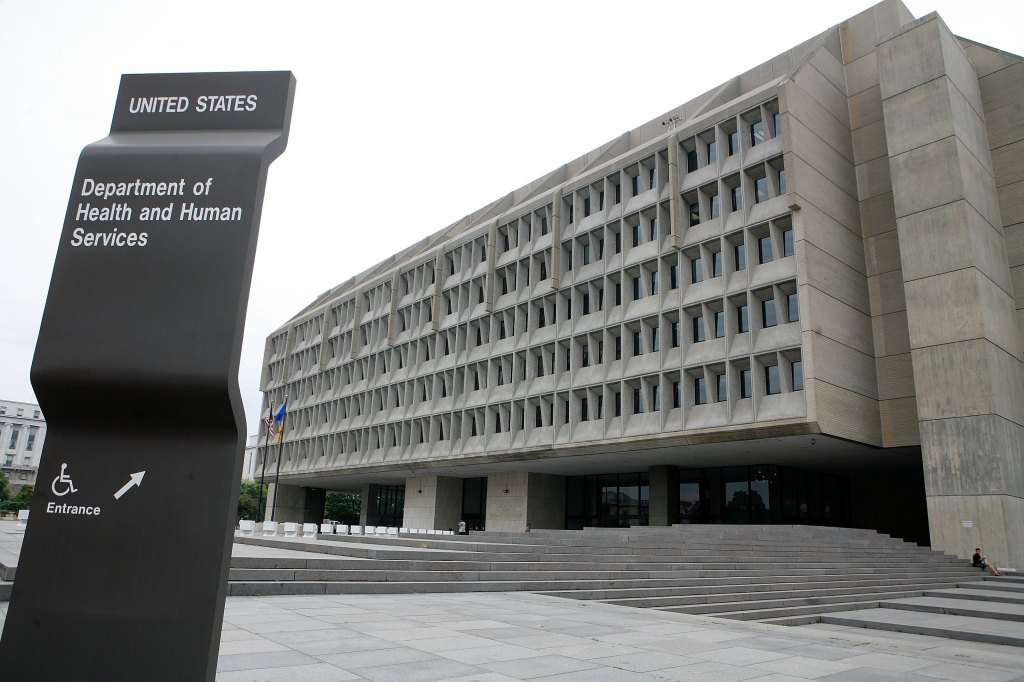Last year, Denial-of-Service (DoS) and Distributed DoS (DDoS) attacks increased globally, as did ransomware attacks, according to a new report from the Financial Services Information Sharing and Analysis Center (FS-ISAC). “What 2022 lacked in innovation, it made up for in volume”, it says.
The report’s research suggests rising attacks are likely
Register for free to keep reading.
To continue reading this article and unlock full access to GRIP, register now. You’ll enjoy free access to all content until our subscription service launches in early 2026.
- Unlimited access to industry insights
- Stay on top of key rules and regulatory changes with our Rules Navigator
- Ad-free experience with no distractions
- Regular podcasts from trusted external experts
- Fresh compliance and regulatory content every day

















